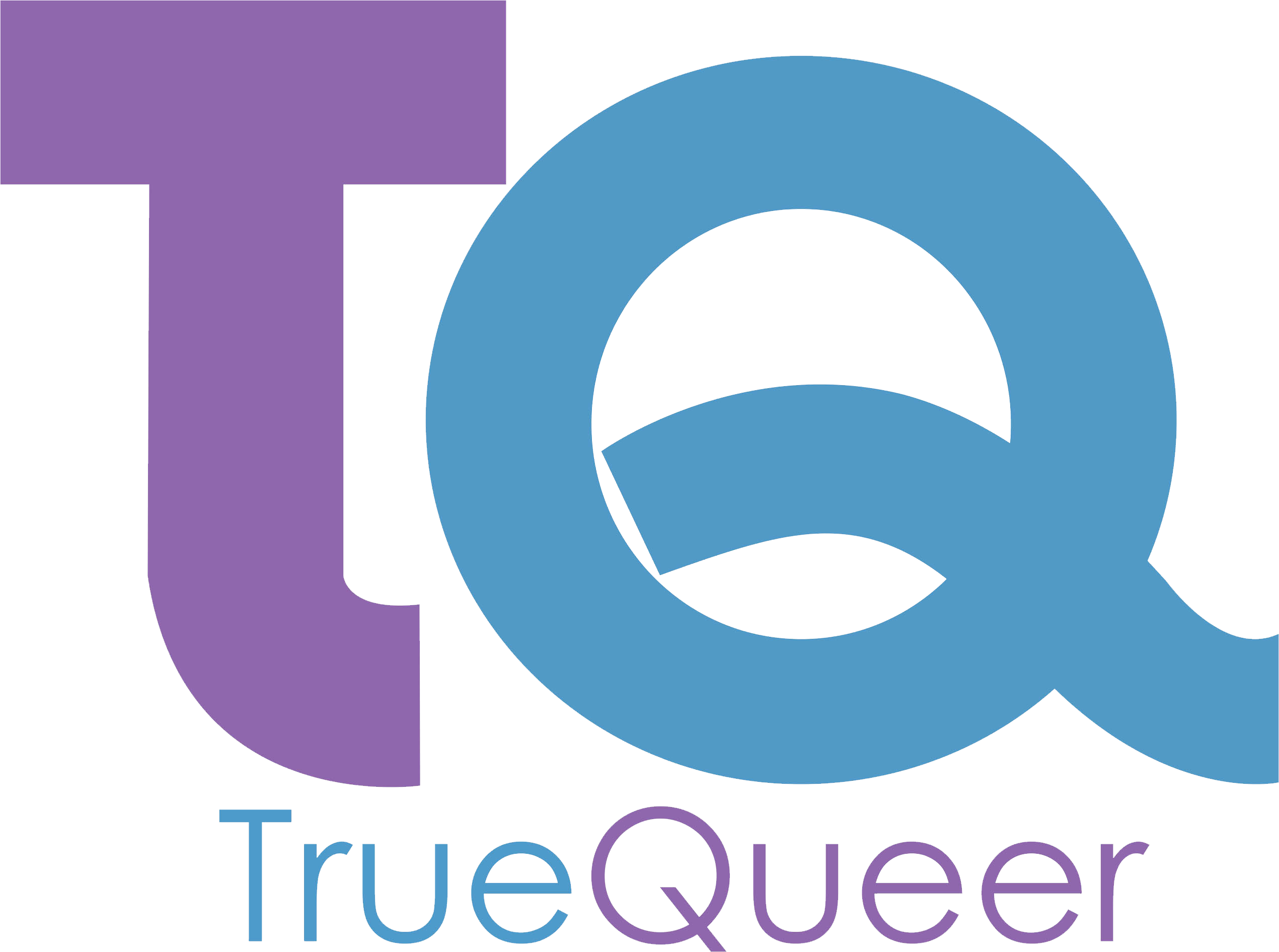Are transgender athletes allowed in the Olympics? The truth behind the myths
Sign up for more LGBTQ+ news and updates at TrueQueer.
In recent years, the inclusion of transgender athletes in sporting events has become a contentious issue. With the upcoming Paris 2024 Olympics, the question of whether transgender athletes are allowed to compete is once again in the spotlight. However, despite the technical allowance, transgender athletes face increasingly stringent restrictions.
The Paris 2024 Olympics will introduce new requirements for transgender athletes. One such requirement states that athletes must have completed their transition before the age of 12 in order to compete. The International Olympic Committee (IOC) argues that transitioning after the age of 12 could give transgender athletes an advantage over their cisgender counterparts.
This decision has sparked controversy and raised questions about the fairness of these restrictions. Laurel Hubbard, a weightlifter from New Zealand, made history as the first openly transgender athlete to compete at the Tokyo 2020 Olympics. However, under the new guidelines, athletes like Hubbard who have previously represented their nation will not be eligible for the Paris 2024 Games.
The IOC previously had guidelines in place that allowed transgender women athletes to compete if their testosterone levels were below 10 nanomoles per litre a year before competing. However, this rule resulted in even cisgender women being banned from female sporting events due to naturally high testosterone levels. These restrictions have also been enacted in various other sporting groups, further limiting the participation of transgender athletes.
Last March, the governing body of athletics, World Athletics Council, implemented a ban on women who have gone through male puberty from competing in elite female competitions. This decision was made on Transgender Day of Visibility and was justified as a means to protect the female category. Similarly, World Aquatics introduced a ‘Gender Inclusion Policy’ that barred trans women from participating in women’s swimming events if they had gone through any part of puberty. Swimmer Lia Thomas has filed a legal dispute against these policies, citing multiple decisions that disqualify most trans women and intersex athletes from international events.
The International Cycling Union (UCI) has also implemented bans on trans women participating if they have reached puberty before transitioning. These restrictions are justified under the guise of safeguarding women’s sport. However, they have faced criticism for excluding transgender athletes and perpetuating harmful stereotypes.
These bans on transgender athletes have spread across various sports. Professional golfer Hailey Davidson was subjected to testosterone testing to verify her eligibility after winning a women’s pro tournament in Florida. The justification behind these restrictions is often centered around the protection of women’s sport, but they have been met with significant backlash and accusations of discrimination.
The debate surrounding transgender athletes in the Olympics highlights the complex issues at play. On one hand, there are concerns about fairness and maintaining a level playing field. On the other hand, there is a desire to promote inclusivity and allow transgender individuals to participate fully in sports. Striking a balance between these competing interests is challenging but necessary to ensure that all athletes, regardless of their gender identity, have equal opportunities to compete.
As the Paris 2024 Olympics approach, it is crucial to continue the conversation about transgender inclusion in sports. Finding a way to address concerns about fairness while promoting inclusivity is essential for creating a more equitable sporting landscape. Only through open dialogue and thoughtful consideration can we hope to find a solution that respects the rights and experiences of all athletes.
Follow us on: Facebook for more LGBTQ+ news and updates at TrueQueer.
transgender athletes, Olympics
![]()

